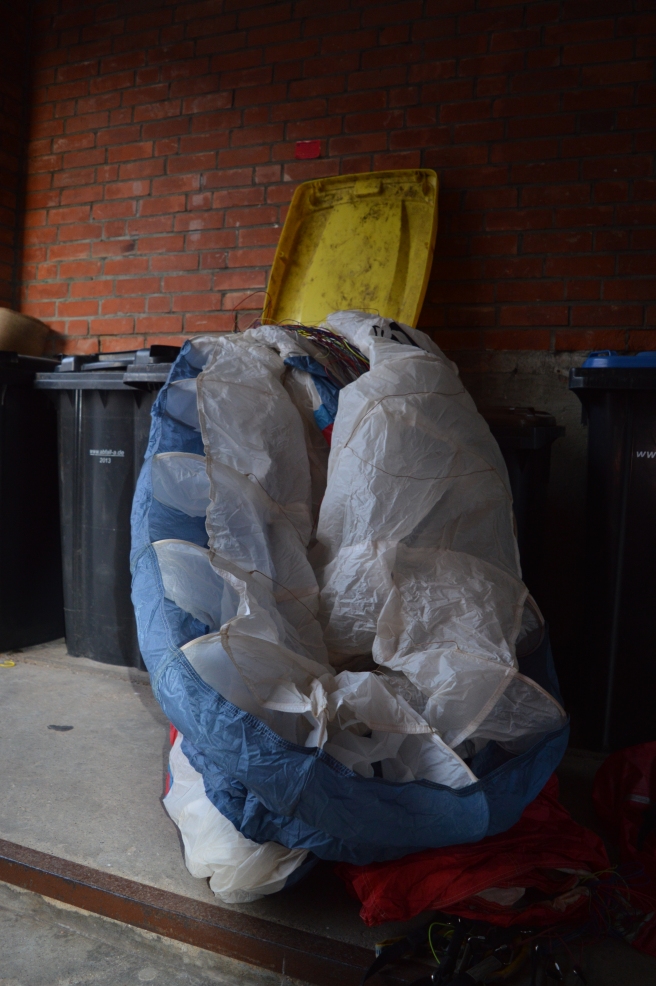As announced long ago I was able to pose some questions regarding The Green Project to Daniel Costantini, sales manager at Porcher Sport.

As you will realize when reading Daniel’s answers there’s a long way to go until our gliders can be easily recycled. Help to improve the situation, trigger your local dealer, trigger the manufacturers and flight schools.
Hi Daniel,
sorry for the long delay. But I was out flying and had some different issues to care of first. Here’s my list of questions. I’d be glad if you could answer them briefly and also supply a photo for the blog entry.
When and why was the Green Project born?
4 years ago when we realized they were no existing supply chain to recycle the wings and the community was willing to hear about our proposal.
What’s the intention behind the Green Project?
To meet public expectation regarding green policy and generate added value with a green label for instance ( your bring your wing for recycling you get a bonus on your new wing )
Is it yet more than a query, i.e. can I actually send a glider to you for recycling purposes?
Nothing is establish yet
Practically, do I need to know which fabrics in detail have been used on my particular glider or I can I just send any brand with any cloth used?
Any brand using Skytex, for other type of cloth we have no experience still regarding recycling capability
How about the lines? Some line manufacturer offer also line recycling.
Pilots must cut the lines before sending for recycling
Do I have to take care about it or do i basically just send the whole glider and you separate the components?
You have to do a little job ( cutting the lines, spare parts, metal buckles etc..) before sending the wing or we can collect at coupe icare or Kossen testival
How about recycling of nylon fabrics in general? Can we make a new nylon fabric out of the old one or is it more downcycling, i.e. the cutted old nylon is used for many different new products but paragliders?
No, after recycling the compound we get is not pure enough to be used directly for nylon production, we can use it in thermos-plastic industry for instance
No offense intended, but how is the Green Project more than just greenwashing? I mean, can I rely on my glider really being recycled/downcycled?
I have not enough feedback to be 100% sure the glider can be fully recycled, we just made small trial no industrial conditions
The camapaign aims at resellers/distributors and paraglider manufacturers. Did you launch an information campaign? Do they actually know about the project because they received some kind of info sheet form Porcher Sport?
We interviewed our customers and pilots : they claim to be interested but we must offer a supply chain with clear benefits for all the actors and a minor cost for the end users
Is the campaign also suitable for every pilot or how is the desired process?
yes
Thanks in advance, I’ll get you a copy of the blog entry before releasing it online.
As you can see we are as « green » as our project !!
In reality, I stopped working on it because the volume we could recycle is far too low to establish a dedicated supply chain.
There are existing ones for airbags for instance but our nylon wings do not fit into recycling airbag process!!
We need more time to investigate and build experience so any help is always highly appreciated!
I hope I answered your question properly, see you maybe at coupe icare?
thanks
Best regards,
Gunnar


